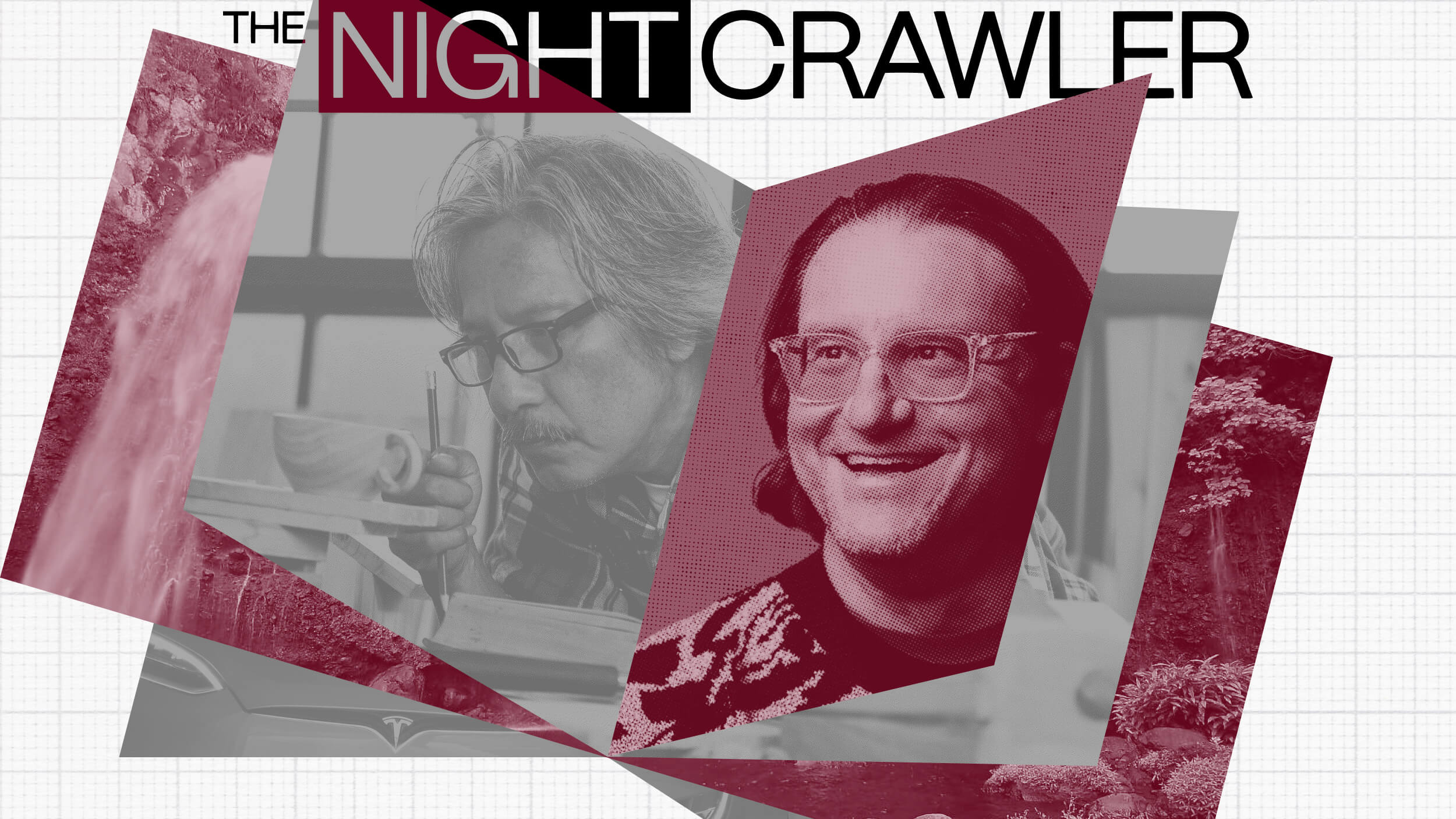Life Tomorrow: A Look Inside the MIT AgeLab

Aging is new. Lifespans today in the industrialized world are 30-40 years more than they were 100 years ago. Older adults are among the fastest growing cohorts in developing economies. Living longer and better demands that we rethink personal, societal and technical ideas of what it means to age and to imagine the possibilities of life tomorrow.
At the MIT AgeLab my colleagues, students and research sponsors from around the world are working to improve life today and invent life tomorrow for older adults and those who care for them. Conducting research to improve what most people take for granted – transportation, shopping, preparing a meal, living independently at home, or simply going for a walk and, rethinking how longer life changes everything – from retirement planning to longevity planning, caregiving at home and at a distance, transforming health into well-being across the lifespan, to even thinking about the future of fun.
Based in MIT’s Engineering Systems Division, the MIT AgeLab team draws upon expertise and students across MIT from engineering, social sciences, business, health sciences, architecture and planning. And why not – aging is a multidisciplinary enterprise. We don’t just want to idly live in a house or manage a disease – there is a demand for more. Longevity is the gift of more time and a call to innovate – to envision a new future of old age. That future requires systems thinking to integrate insights in behavior, technology, business and public policy. This is the mission of the MIT AgeLab.
CNN came by to take a look inside the MIT AgeLab and produced this video.





